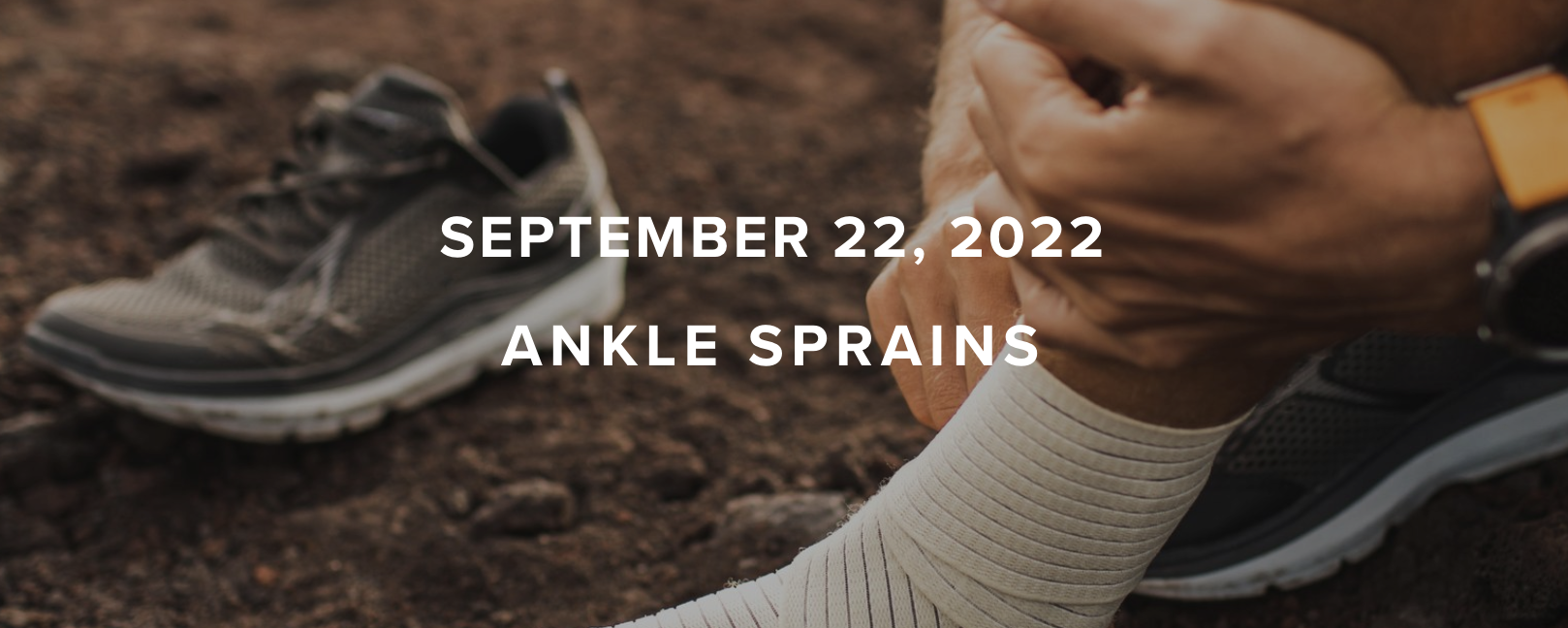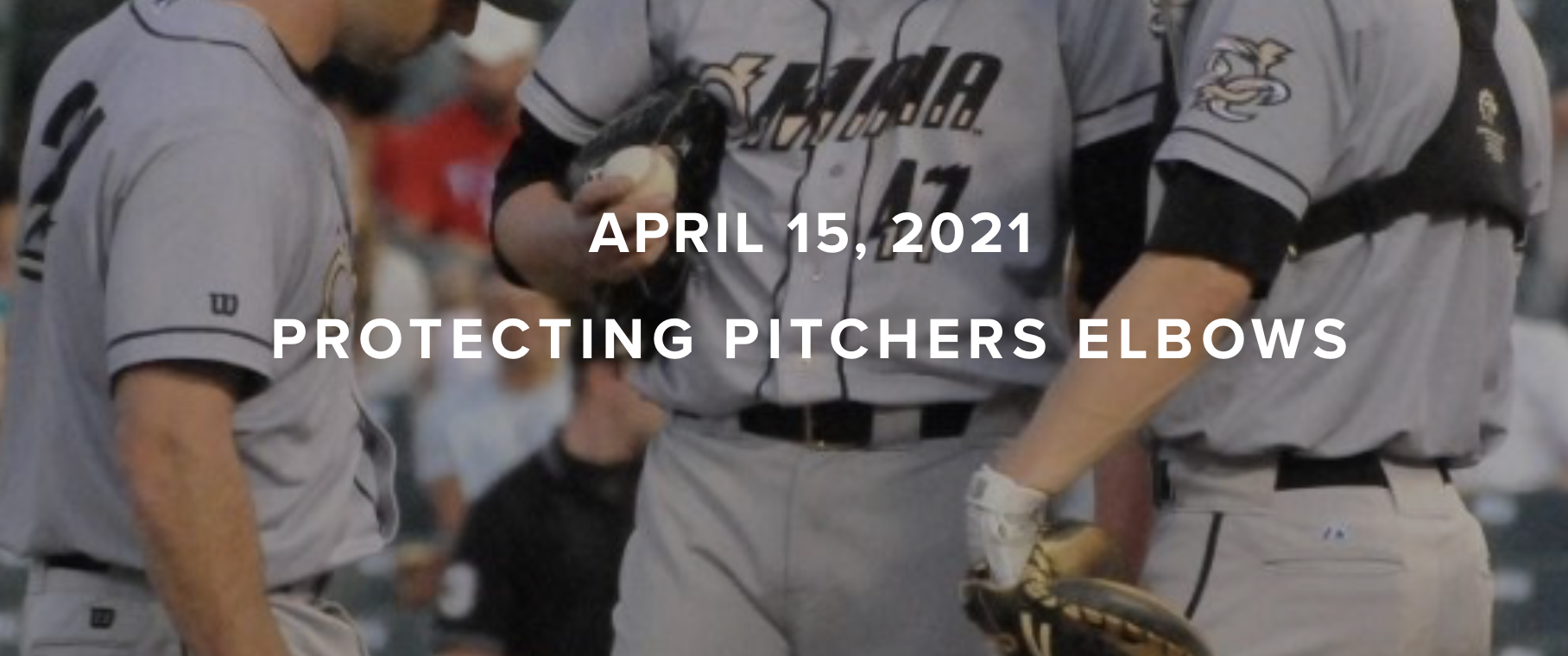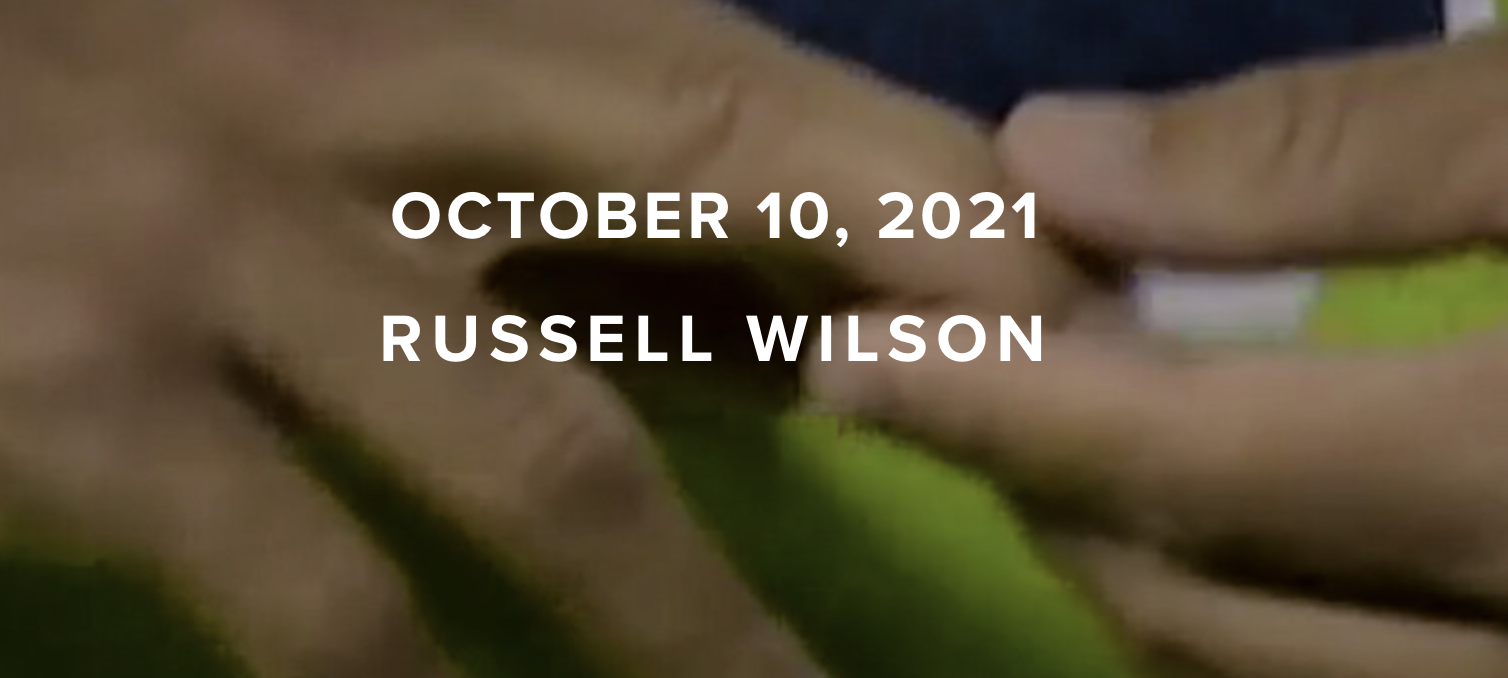What is a High Ankle Sprain?
A high ankle sprain is when an individual tears or damages the ligaments higher on the ankle that connect the proximal tibia to the fibula. These ligaments form what is known as a syndesmosis, even though that word refers to the joint itself. You might hear your high ankle sprain called a syndesmotic injury. Ironically this injury is what helped me discover physical therapy as a quarterback as well, among other injuries.
Ligaments are fibrous bands of connective tissue. Ligaments help to hold your bones in place and stabilize your joints. They have many roles antaomically speaking in that ligaments keep your joints from being damaged, excessive shearing, preventing dislocation, and allowing the greatest strength output by improving boney congruency.
What is the difference between a high ankle sprain and a low ankle sprain?
The differences between a high ankle sprain and a low ankle sprain aren’t just location. High ankle sprains involve turning inward or outward while your foot is flexed up. Most low ankle sprains happen when the ankle rolls inward, while other low ankle sprains happen when the ankle rolls outward. The low ankle sprains don’t involve the high ankle ligaments. Low ankle sprains are what most of us think of when we hear someone has a sprained ankle.
““Syndesmotic injuries account for around 15% of ankle sprains but due to it’s rotational nature and the anatomy of the distal tibia and fibula, they are a more significant of an injury and often take much longer to heal.” ”
What are the different levels of damage during a high ankle sprain?
A sprain occurs when a ligament has been stretched beyond its usual limit or torn. Sprains have three levels of severity:
Grade 1 Ankle Sprains: Ligaments are stretched but not torn.
Grade 2 Ankle Sprains: Ligaments are partially torn.
Grade 3 Ankle Sprains: Ligaments are completely torn.
What ligaments are involved in a high ankle sprain?
The ligaments that can be damaged or torn in a high ankle sprain include: The anterior inferior tibiofibular ligament: This is found in front of the tibia and fibula. The posterior inferior tibiofibular ligament: This is found in back of the tibia and fibula. The interosseous membrane: This membrane stabilizes the tibia and fibula because it’s located in the middle space between the two bones. Any of these ligaments can be stretched, torn partially or torn completely in a high ankle sprain.
““High ankle sprains occur when the ligaments that connect the shin bone, the tibia, and the outside ankle bone, the fibula, get disrupted.” ”
What can we expect out of Patrick Mahomes in the Super Bowl?
As a former quarterback Patrick Mahomes is must see TV. I have seen more spectacular throws and scenarios with Mahomes much like we did with Brett Favre. He makes the impossible seem routine. This may be his best performance yet. He conjurs up thoughts of Willis Reed and Michael Jordan as he hobbles around the field. Mahomes has made conscious and unconscious decisions on his throws and has done so unnoticeable to the untrained eye. He has not had a normal drop back or step-through on a throw for almost 7 quarters now but his accuracy still is better than most of the league. This is truly grit and innate athleticism as he is playing for legacy at this point.
How do you stop Mahomes?
You cannot, but what are some keys to slowing him down on Super Bowl Sunday? Look for the Eagles defense to employ a couple of strategies for this Canton bound slinger.
. Make him uncomfortable.
Don’t let Mahomes throw from his normal spots push the pocket with Fletcher Cox to make him throw off his injured right ankle causing his ball to loose distance and velocity
Force him to his right.
Hassan Reddick the Pro Bowl edge rusher will likely line up on Mahomes left to force him right putting more pressure on the right foot as he opens up his scramble. This will irritate the ankle and cut the field up allowing him only 1/3 of the field to throw.
““Mahomes returning to play at a high level 1 week after a high angle injury is out of the ordinary for most people with this type of injury. Professional athletes are able to get around the clock rehab and treatments not always available to everyone. The ankle was likely taped tightly and circumferential to provide adde stability to the syndesmosis. “ ”
What will Andy Reid and Eric Beinemy do to combat this?
Hand offs preferably to the right side of the line to decrease pressure on the ankle. When running to the left they will either be in between the tackles or a pitch.
Look for use of the extra tight end in motion to chip Reddick on runs and passes.
They might even use and extra tackle to give this support and create more disruption for the RB Pacheco.
Quick passes from shot-gun
The majority of the passes against the Bengals were from the shotgun formation. Mahome’s release is so quick that the extra distance from the line of scrimmage is very helpful. They may even give him an extra yard here as he cannot drop back even from the shotgun smoothly.
How long will this injury take to heal?
Well, you have to hope that the sydesomtic joint as mentioned above does not become so unstable that it requires surgery. Under normal grade 1 sprains this would be anywhere from 4-8 weeks with rest and rehab. The fact that he is up on it and playing professional football I would assume this will not feel right until May. He had a history of toe injuries and you can see in the previous Super Bowl when his mobility his limited he must change his style of play considerably. I look forward to the future Hall of Famer to put on yet another show on Super Bowl Sunday and build on his resume.
““Often times it must be treated with surgery to reconnect those two bones with the appropriate tension to stabilize the ankle. Time will tell with Patrick Mahomes. I wouldn’t be surprised if he had a procedure after the season.””
MORE WEBINARS
MORE BLOGS
AUTHOR:
Ben Wobker, PT, MSPT, CSCS, SFMAc
LWPT Founder & Director
CONTRIBUTORS:
Ben Wobker, PT, MSPT, CSCS, CFSC, SFMA
Founder & Director Lake Washington Physical Therapy
Dr. Johnathan Hall, MD
Orthopedic Surgeon ProOrtho
Dr. Dayne Mickelson, MD
Orthopedic Surgeon
Sources:
American Academy of Orthopaedic Surgeons. Sprained Ankle. (https://orthoinfo.aaos.org/en/diseases--conditions/sprained-ankle/) Accessed 10/26/2021.
American Academy of Orthopaedic Surgeons. Ankle Fractures (Broken Ankle). (https://orthoinfo.aaos.org/en/diseases--conditions/ankle-fractures-broken-ankle/) Accessed 10/26/2021.
Merck Manual. Overview of Sprains and Other Soft-Tissue Injuries. (https://www.merckmanuals.com/professional/injuries-poisoning/sprains-and-other-soft-tissue-injuries/overview-of-sprains-and-other-soft-tissue-injuries#v13386203) Accessed 10/26/2021.
National Institute of Arthritis and Musculoskeletal and Skin Diseases. Sprains and Strains. (https://www.niams.nih.gov/health-topics/sprains-and-strains#tab-overview) Accessed 10/26/2021.
Papadakis M.A., & McPhee S.J., & Bernstein J. Quick Medical Diagnosis & Treatment. (https://accessmedicine-mhmedical-com.ccmain.ohionet.org/content.aspx?bookid=2986§ionid=251086882) New York: McGraw Hill; 2021. Accessed 10/15/2021.












